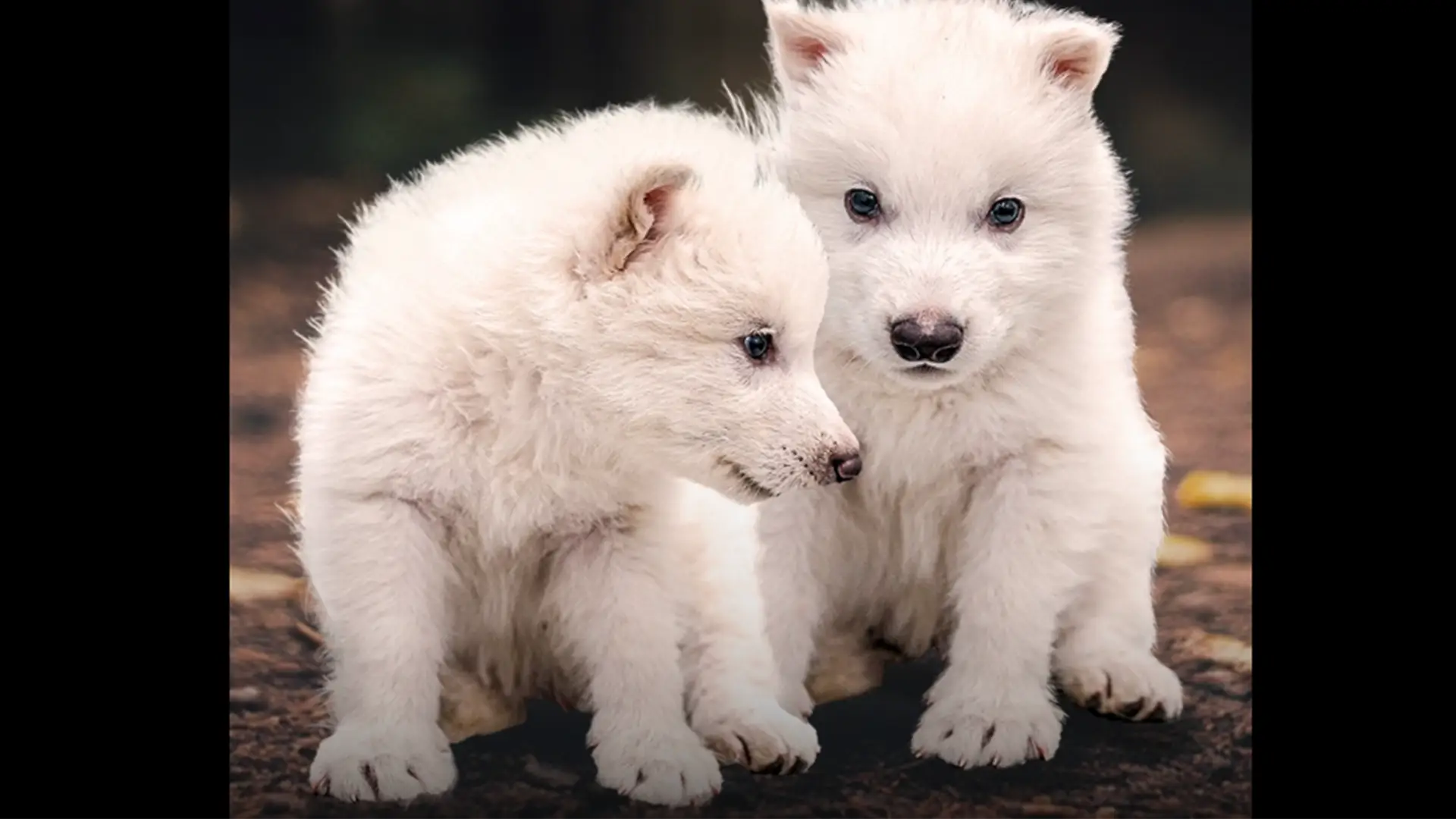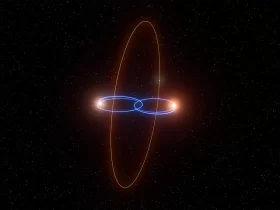Imagine you are walking through a nature reserve and suddenly you see something you thought was extinct thousands of years ago. It’s not a dinosaur, but almost: it’s the dire wolf, a creature that ceased to exist more than 10,000 years ago… or so we thought. Thanks to advances in biotechnology, this impressive animal has been brought back to life, although not without controversy.
The company behind this achievement is Colossal Biosciences, a Dallas, Texas-based firm that has become famous for its ambitious goal: to bring extinct species back to life. Yes, as if it were a science fiction movie. But no, this is not Hollywood, this is real science.
How did they achieve it?
It all started with the discovery of fossil remains of Aenocyon dirus, better known as the dire wolf. These fossils, found in different parts of North America, were key to understanding what its DNA was like. From there, Colossal scientists were able to reconstruct part of its genome, that is, its “biological instruction manual”.
Then came the most impressive part: they compared this ancient DNA with that of today’s gray wolf, a very similar species. Using gene-editing technology (such as CRISPR), they modified cells from living gray wolves so that they shared some of the characteristics of the dire wolf. In total, they made changes at 20 specific sites in the genome.
These modified cells were then introduced into the eggs of domestic dogs, which were later implanted into bitches that acted as surrogate mothers. And so, after 62 days of gestation, Romulus, Remus and Khaleesi were born: the first “dire wolf puppies” in more than 10,000 years.
Are they really dire wolves?
This is where the debate begins. Although Colossal claims to have brought back the dire wolf, many scientists are more skeptical. For them, these pups are not true extinct wolves, but gray wolves genetically modified to resemble them.
In fact, experts agree that it is impossible to completely “revive” an extinct species, especially one so ancient. Biologist Vincent Lynch, for example, said that what can be done is to create something that looks similar, but not bring back the ecological function or behavior of the original animal. “You can’t recreate the whole package,” he said.
Geneticist Emily Roycroft was also clear: what Colossal has produced is not a terrible wolf, but a hybrid with some of its characteristics. And so does Nic Rawlence, of the Otago Paleogenetics Laboratory, who said that these animals “are not dire wolves brought back from extinction.”
What do these new wolves look like?
Although they are still young, the puppies already show notable differences from ordinary dogs. At six months old, Romulus and Remus are already over six feet tall and weigh around 36 kilograms. They are expected to reach a height of 1.80 meters and weigh up to 68 kilograms as adults.
They have a long white coat, strong jaws and a more reserved behavior than domestic dogs. In fact, they do not feel comfortable around humans, not even with their own handlers. According to scientists, this attitude could be due to their genes, which make them more like a wild animal than a pet.
Another curiosity: although they play and behave like puppies, they have shown no interest in hunting live prey, nor have they been offered that opportunity. Still, as one of the project managers said, “If I were a deer, I would stay away from their reserve.”
What’s next for these animals?
For now, Romulus, Remus and Khaleesi live in a protected reserve whose location has not been disclosed. The idea is to study their behavior and development, and to understand how close they really are to the original dire wolf. But that’s not all.
Colossal already has other projects underway. Animals such as the woolly mammoth, the dodo and the Tasmanian tiger are also on his “resurrection” list. Yes, those creatures we only know from documentaries or schoolbooks could be back in the next decades… at least, in a modern genetic version.
However, not everyone is convinced that this is a good idea. Professor Cristopher Preston, an expert in environmental philosophy, warned that it is difficult to imagine a future where these modified animals can live in real ecosystems without causing imbalances. “We can’t even maintain a stable population of gray wolves, how would we do it with giant wolves?” he wondered.
Moreover, there is an important detail: the results of Colossal have not been reviewed in recognized scientific publications, which has generated even more doubts among the academic community.
Science, fantasy or risk?
What is certain is that this experiment opens the door to a new era of scientific possibilities, but also of ethical dilemmas: to what extent should we intervene in nature? What risks are involved in returning extinct species to a world that is no longer the same as the one they knew?
Meanwhile, Romulus, Remus and Khaleesi are the symbol of an experiment that could change the history of modern biology. While they may not exactly be the dire wolves that once dominated America, their existence already forces us to rethink what “extinction” really means.








































Leave a Reply